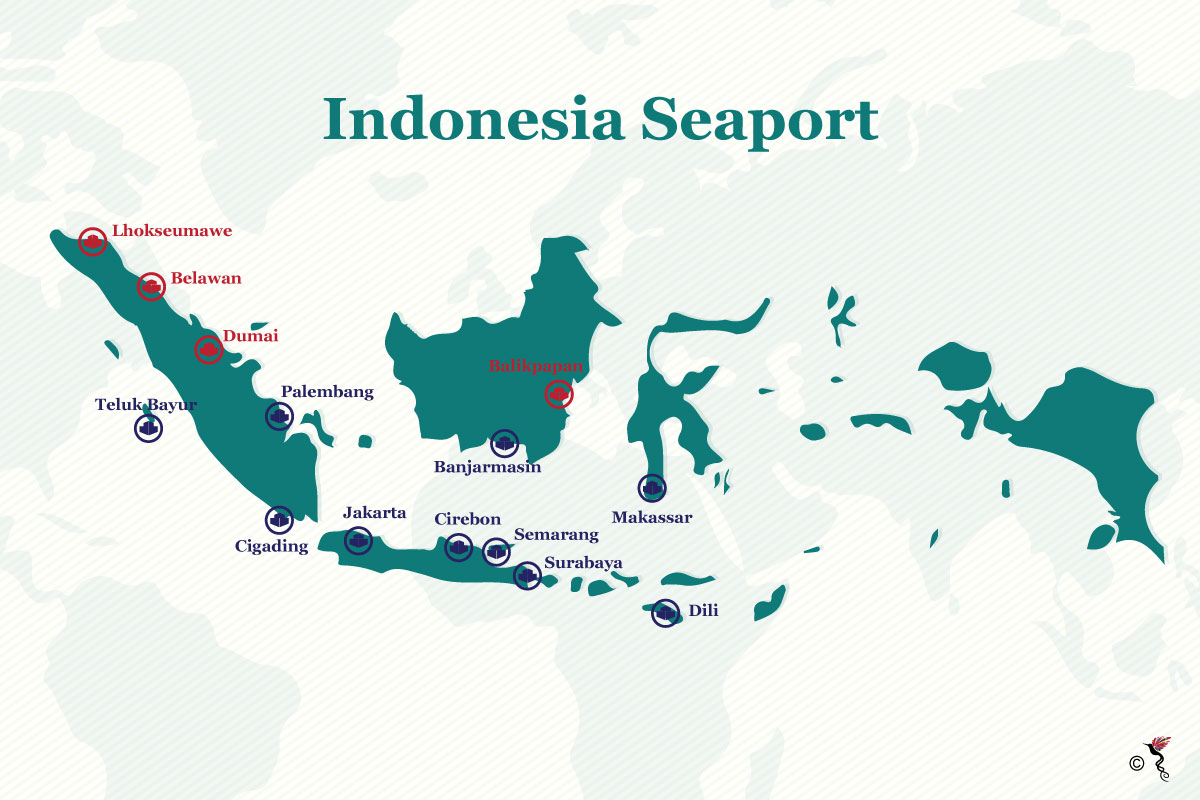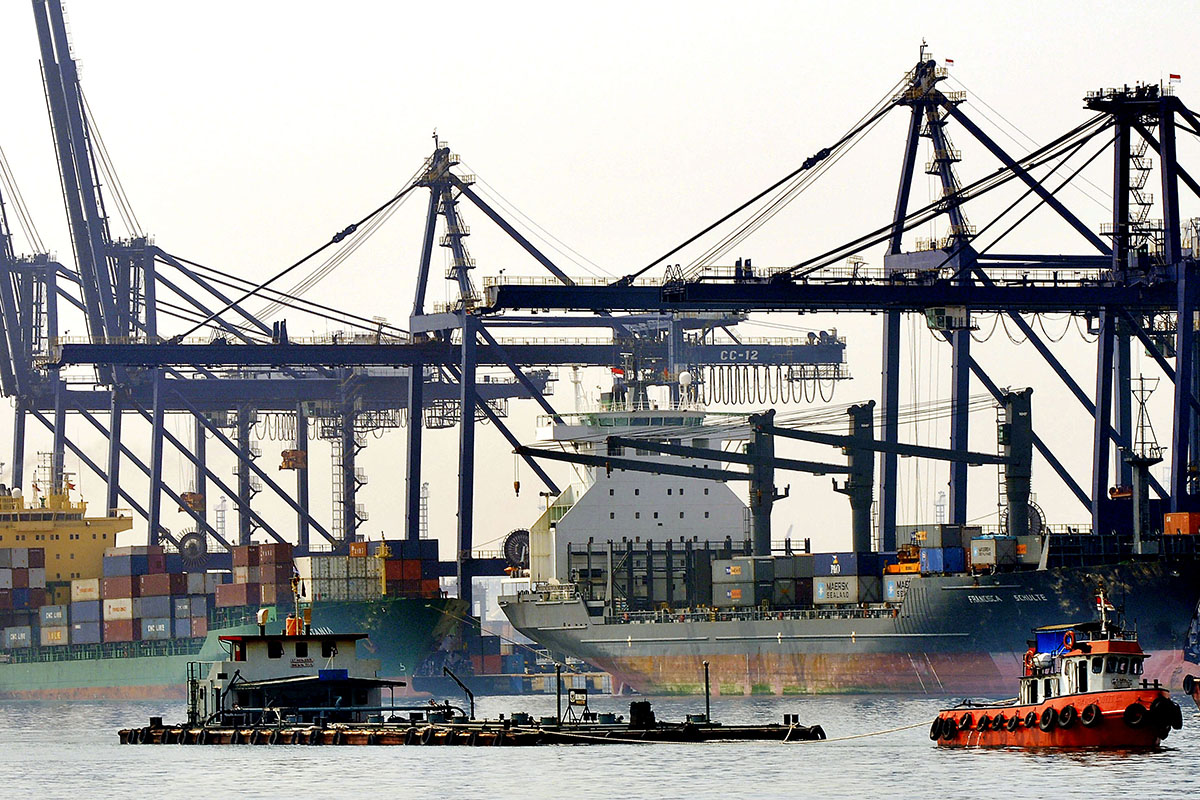Much like how the ancient trade functioned when the Western civilisation of the Roman Empire began to trade with the Chinese Empire in the first century for wool, silver and gold, the maritime silk road in the 21st century is named OBOR (or One Belt, One Road) as it is poised to become a passage way that would contribute to the widespread of trade across the world, while a coherent blueprint is set to interconnect international infrastructures in order to maintain the national interest of the countries involved.
Inspired by the early Sino-Roman relations, the OBOR initiative – which connects 65 countries in Asia and Europe – serves as a strategic trade route in boosting the connectivity between mainland China and the rest of the world through building seaports and infrastructure developments. At the same time, the Indonesian government has made it one of its main priority to be included as part of this global initiative.
Conceptualised in September 2013, the OBOR initiative develops and connects itself into the global economy while strengthening its influence among significant cities within the region, including Singapore, Malaysia, Thailand, Vietnam, the Philippines and Indonesia. This would help to increase the supply and demand of Chinese products while enabling its local companies to compete within the global trade network.
Currently, there are a total of 24 ports in Indonesia and the busiest ports are Sabang, Medan, Batam and Pontianak. Spurred by the development of infrastructures, the construction the logistics sectors have hit a new peak, contributing 7.7 percent of nation's GDP this year – and they are expected to accelerate spending by 2019.
When asked by The ASEAN Post to explain why only a handful of Indonesian ports are included in the OBOR initiative out of so many ports, Economist from the University of Indonesia, Ari Kuncoro answered that there’s not enough traffic to reduce the average cost of trading with all ports. “If we do this, they will be sending full ships that come back empty."

Major ports in Indonesia. The ports highlighted in red are the ports that are included into the OBOR initiative.
He added that majority of the ports in Indonesia are used to trade domestically from the west of the archipelago nation to the east, which include trading ports such as Makassar in Sulawesi – a major location where the Portuguese and Dutch settlements came to take control of the spice trade as early as the late 18th century.
In an article published by an Indonesian daily The Jakarta Post, Kuncoro commented that cities that were covered in the traditional trade route, such as Sabang in Aceh, Medan in North Sumatra, Batam in the Riau islands and Pontianak in West Kalimantan should not only be used for OBOR but they should also trade with Japan and the US. According to a data collected from the BKPM (Investment Coordinating Board of the Republic of Indonesia), China is currently Indonesia’s third largest foreign investor behind Singapore and Japan with a total foreign direct investment of 1.356 billion dollars in the second quarter of 2017 alone.
While Chinese investments for port infrastructure in Kalimantan was recorded at 1.1 billion dollars, the port will be able to increase the amount of bauxite imported into Indonesia which will contribute to the increase of alumina production capacity. In turn, this will enhance economic activities throughout the nation and develop Indonesia's export industry.
On the other hand, the shipping industry plays a major role in Indonesia’s trade – about 90 percent of Indonesia’s exports are transported through sea. Since more than half of the components in the OBOR initiative focuses on the utilisation of sea routes in the coastal parts of China and Indonesia, the developed ports and enhanced connectivity would drive economic growth through the implementation of the nation's cabotage laws along with the 2010-2014 National Medium-term Development Plan – as the country continues to develop as a significant maritime and archipelago nation within the Southeast Asian region.
Furthermore, the local development of maritime education has driven the growth of skilled labour in the maritime sector while the industry become more prominent. If the Indonesian government is serious about its desire to be part of the OBOR initiative, it needs to improve education across all sub-sectors of the maritime industry, whether it is related to operating ports, ships, harvesting natural resources or logistics.
